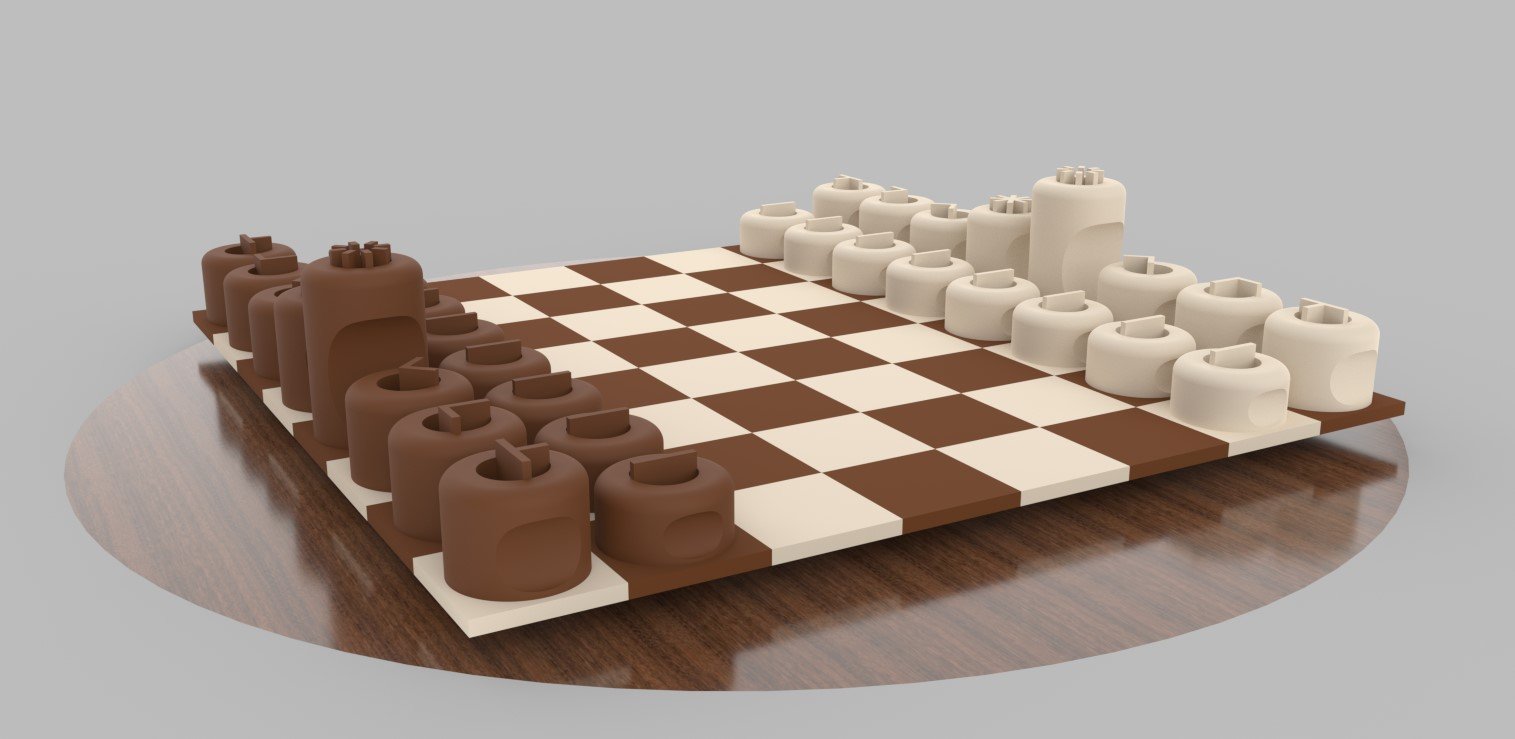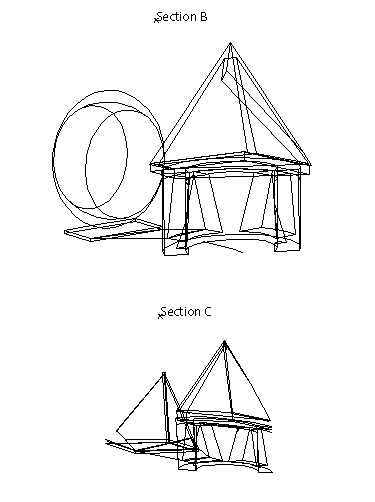Professor Jenniffer Omaitz
This course is an introduction to design fundamentals including principles of visual organization and composition in both two-dimensions and three-dimensions. The course is oriented to foundational design principles shared between various allied design disciplines including architecture, fashion, and visual communication design. Special emphasis is placed on design fundamentals especially relevant to interior design. The course introduces two-dimensional and three-dimensional hand craft skills as well as two-dimensional and three-dimensional digital skills. As first in a succession of multiple studio courses to be taken as an Interior Design major, this course lays the foundation for a continuous, CIDA-accredited, and professionally-focused interior design education. Broad design aptitudes, representational skills, conceptualization, iteration and variation, design exploration, and critical thinking are emphasized throughout this course. In addition to design fundamentals shared across all design fields, this course will emphasize interior space, including the design of enclosures, sequences of interior spaces, and the design of elements arranged inside a compositional frame.
Elaina Stein
Various Works
Throughout the semester we worked on the foundation to start building up in the years to come. I worked hard to learn new skills, color theory, and the basics of interior design. During the few months, I created models, learned how to shade, and learned how to use Illustrator, Photoshop, and Rhino. I was able to push myself in each class to take my work a step up from the last. Starting only with a couple of hours of work to days, I was able to observe the dedication and skill I had learned in a short time. I have a lot more to learn, but I will be just as dedicated as I was the semester.





Karley D'Apolito
Designing and Modeling Chess Pieces and Board
For this project students were asked to design a set of chess pieces and a board. This set is focused on human interaction as the game of chess is played. Each piece has an illustration of how it may move coming up through the center of it. This is to help the players understand and remember how they can play each specific piece on the board. On the outside of the pieces there are grooves for the players fingers to comfortably fit as they move and handle them.



Professor Stephanie Johnson
This course is an introduction to design fundamentals including principles of visual organization and composition in both two-dimensions and three-dimensions. The course is oriented to foundational design principles shared between various allied design disciplines including architecture, fashion, and visual communication design. Special emphasis is placed on design fundamentals especially relevant to interior design. The course introduces two-dimensional and three-dimensional hand craft skills as well as two-dimensional and three-dimensional digital skills.
Taylor English
Personifying, Programing, and Designing Places for Chess Pieces
For the final project, we were asked to design a chess board, chess pieces, and an interior space that compliments the pieces. This design incorporates the contrast of natural materials such as the wood board along with the element of elegance through the use of glass pieces. The pieces are composed of curved edges to emphasize the luxury and intelligence within the game of chess. The pieces and the texture of the board compliment each other through the illusion of glass on wood and the characteristics of delicacy and coarseness. The 3D model was created to resemble the structure of a tree house as the inspiration for the design obtained elements from nature along with the aspects of the rounded edges. The center of the model is constructed of two interior spaces stacked upon one another to express the game of chess as the higher elevation includes the piece that captured the one below.






Mayce Ryan
Personifying, Programing, and Designing Places for Chess Pieces
For this final project, we were asked to design a chess board, chess pieces, and an interior space to place the pieces. My theme for my project was a clean modern look with green and marble accents. I first started by designing my chess pieces and then making a board that matched the theme. I then created a 3D model to house four chess pieces using Rhino. My idea for the 3D model was to make a structure that looked abstract but made sense at the same time and I did just that. This project helped me learn many things about how to use Rhino and Illustrator and expanded my creativity. I also learned a lot about how textures can come together to create a better theme and overall look.









Professor William Willoughby
This course is an introduction to design fundamentals including principles of visual organization and composition in both two-dimensions and three-dimensions. The course is oriented to foundational design principles shared between various allied design disciplines including architecture, fashion, and visual communication design. Special emphasis is placed on design fundamentals especially relevant to interior design. The course introduces two-dimensional and three-dimensional hand craft skills as well as two-dimensional and three-dimensional digital skills.
Meara Shapaka
Personifying, Programing, and Designing Places for Chess Pieces
For my final project my class was asked to design chess pieces, a chess board, and a interior space for the pieces. My chess pieces were inspired by simple abstract shapes that led into something more complex. After making my chess pieces I created my theme for my Interior space and the movements of my pieces. My theme was a spin off of Snow White. I called it "Snow White and the 6 Pawnsmen". I really enjoyed being able to make a theme and design a space based off of that. My Interior Space was a structure to represent the mapped out movements of Snow White and her Pawnsmen. We used programs like Rhino and Illustrator to help inspire our designs. In this project I used everything I learned in the foundations studio such as pattern, color, black and white compositions, and Interlocking. This semester has taught me how to do many things for my future career such as shade, linework, pattern, and how to use our online programs. I can't wait to see what my second semester brings and what else I am going to learn.







